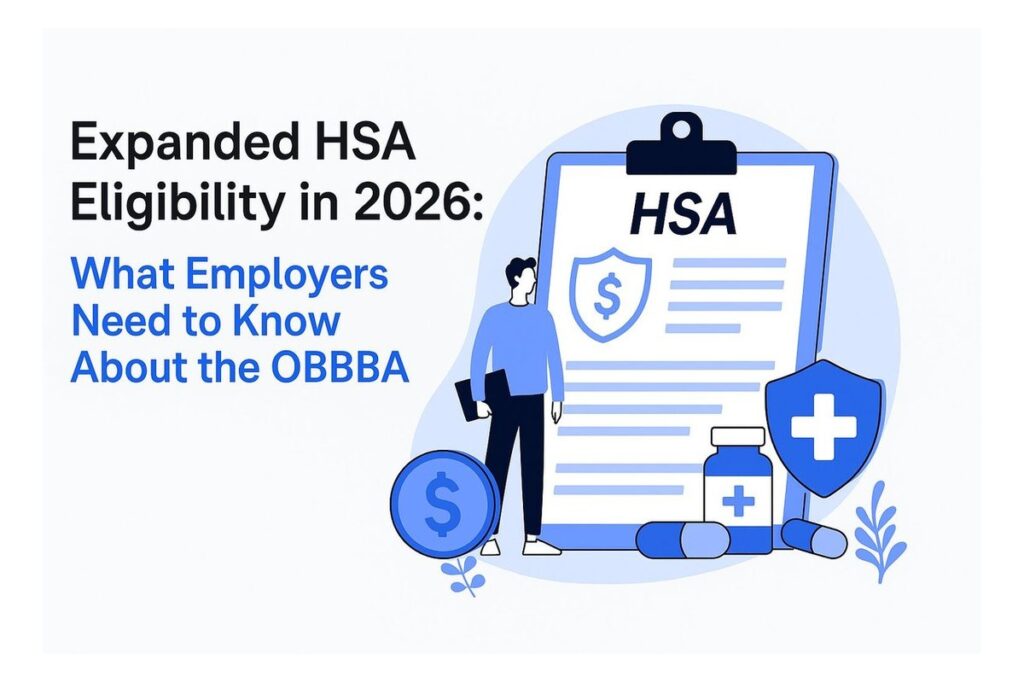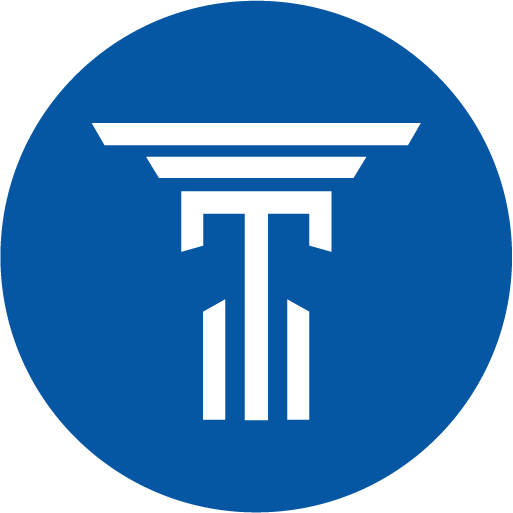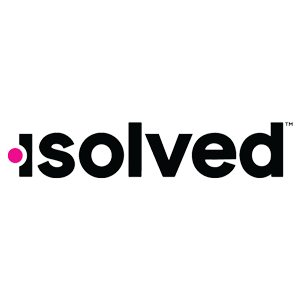Is your organization considering “taking the plunge” and sponsoring a 401(k) plan? If so, you’ll want to review the concept and rules regarding auto-enrollment — that is, automatically enrolling employees in the plan and letting them decide whether to opt out.
This used to be a wholly strategic decision on the part of plan sponsors. But, starting in 2025, many employers will have no choice about it.
New plan, new rules
The Setting Every Community Up for Retirement Enhancement 2.0 Act (SECURE 2.0) was enacted on December 29, 2022. Under this law, effective January 1, 2025, new 401(k) plans — those created after the December 29, 2022, enactment date — must automatically enroll participants when they become eligible. Employees may opt out voluntarily.
According to the IRS, employees must be allowed to participate in qualified retirement plans such as 401(k)s, generally, when they reach age 21 and have at least one year of service. However, also effective January 1, 2025, SECURE 2.0 makes it easier for long-term, part-time employees to participate in 401(k) plans. They’ll still need to work at least 500 hours before becoming eligible. But they’ll have to work for only two consecutive years, rather than the three years required by the first SECURE Act, which was enacted in 2019.
According to the provisions of SECURE 2.0, initial contribution amounts to new 401(k)s must be at least 3% but no more than 10%. The percentage must then automatically increase every year until it reaches at least 10% but no more than 15%.
SECURE 2.0 does provide exceptions to the auto-enrollment requirements for small and new employers. Also, 401(k) plans already in existence on December 29, 2022, are “grandfathered in” — in other words, they’re exempt. Bear in mind, however, that if a grandfathered 401(k) plan merges with a newer plan subject to the SECURE 2.0 auto-enrollment rules, the resulting plan is not exempt.
Other important provisions
An expansive law, SECURE 2.0 includes other important provisions of interest to employers that have either already taken effect or will in the next couple years.
For instance, the law creates or enhances certain tax breaks. One example is the startup tax credit for eligible employers that establish retirement plans. It has increased from 50% to 100% of administrative costs for employers with up to 50 employees. An additional credit is available for some non-defined benefit plans, based on a percentage of the amount the employer contributes, up to $1,000 per employee. (Contact us for further details on these credits.)
SECURE 2.0 has also made it easier to add an annuity feature to qualified plans or IRAs. For many years, existing regulations addressing required minimum distributions (RMDs) made it difficult to do so. For example, regulations prohibited annuities with:
- Guaranteed annual increases of only 1% to 2%,
- Return of premium death benefits, and
- Period-certain guarantees.
Effective as of 2023, SECURE 2.0 removed these RMD barriers to annuities, which can help reduce retirees’ risk of depleting their savings before death.
Fundamental fringe
Qualified retirement plans have become a fundamental fringe benefit for employers of all sizes. And 401(k)s are among the most popular options. At Stelios Payroll LLC we can help you assess the costs and tax impact of sponsoring a 401(k) or any other plan type, reach out today.
© 2024




